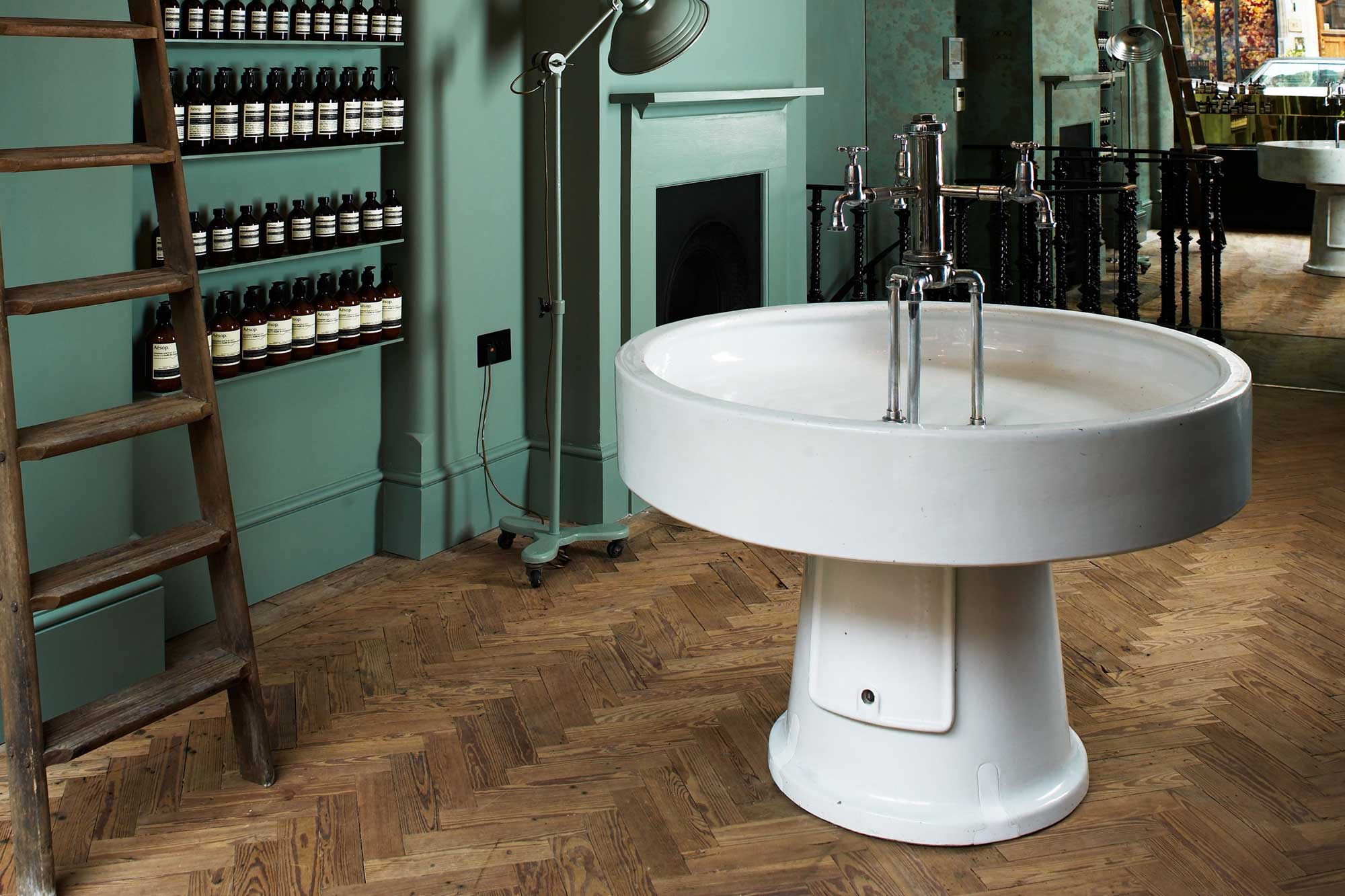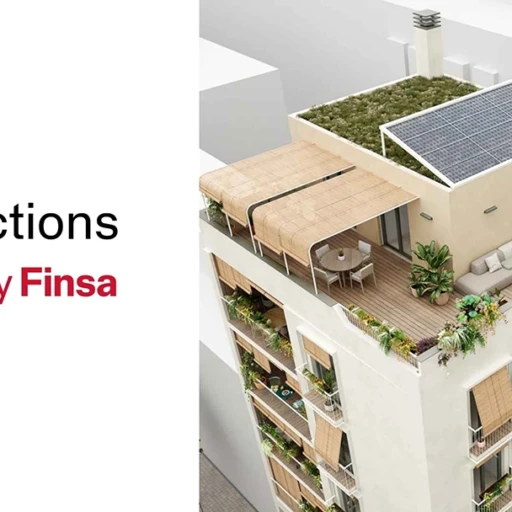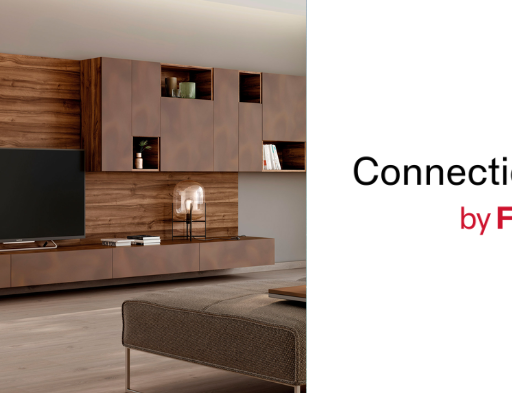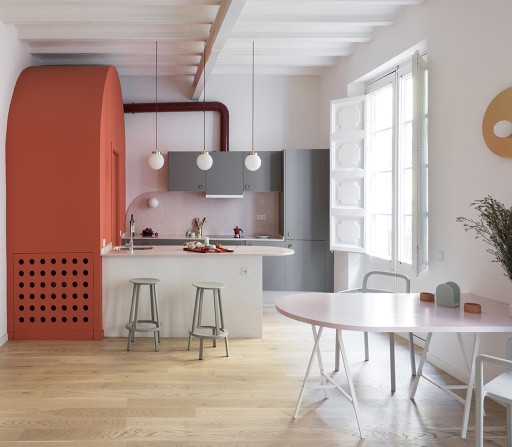“We spend 87% of our time inside buildings. How they are designed really affects how we feel, how we behave. Ultimately, design is a tool to enhance our humanity. It’s a frame for life,” states Ilse Crawford, who is one of the pioneers of applying emotional design to projects, in one of the episodes of the Netflix documentary series Abstract.
What is emotional design?
More than a style, emotional design is a way of understanding interior designs that rejects spaces that, though impeccably designed and decorated, do not make us feel comfortable. For architect Lilian Flores “emotional design consists of enjoying the space when you’re experiencing it and having its memory stay with you. You want to go back or relive it again! You associate the design with emotions and the heart with the mind. You play with the five senses that we use to perceive the world: the sensory nature of the materials, smells, textures, sounds etc.”
As Ilse Crawford points out, places are capable of generating emotions and affecting our behaviour and mood. There is even a branch of psychology, called environmental psychology, that studies how we can benefit from this relationship. The colour, the furniture arrangement, the choice of materials – all of the aspects of interior design that determine the final result influence us. For example, every colour is associated with a particular emotion.
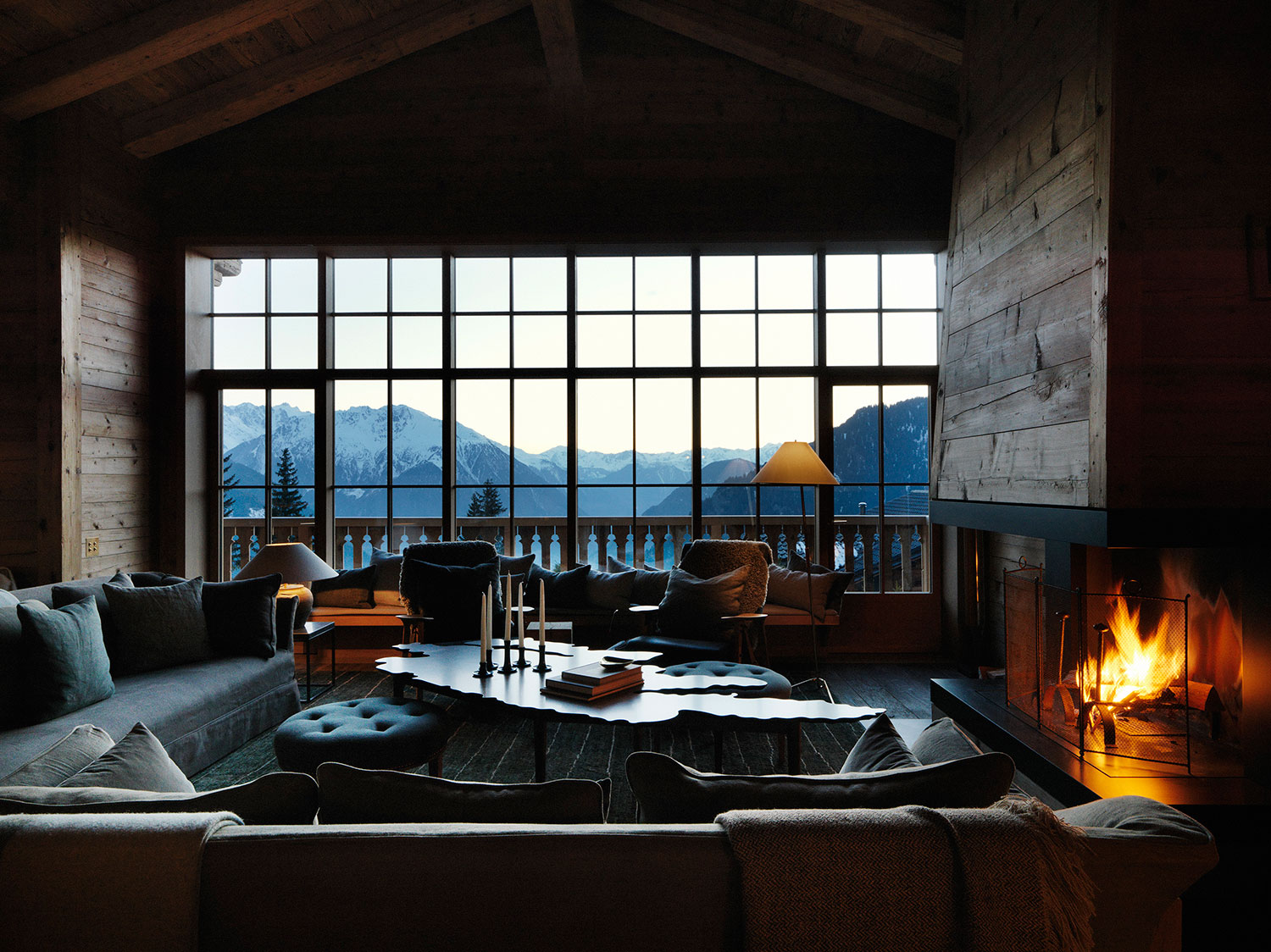
Ilse Crawford was one of the pioneers in applying emotional design to projects, looking for ways to help people connect with them. “When I look at making spaces, I don’t just look at the visual. I’m much more interested in the sensory thing, in thinking about it from the human context, the primal perspective, the thing that touches you,” she says. We, the future users of the space, are at the centre of her design philosophy. Harmony and balance are the key ingredients in Studioilse‘s projects.
Emotional design according to Donald Norman
Donald Norman is considered the father of this concept. In his book Emotional Design, he explains that all of us go through three phases before loving or hating something. The first instinctive reaction to a product or a space is the visceral response, which may generate an irrational desire that nudges us towards an impulse purchase. If it’s beautiful as well as being efficient and simple to use, our opinion becomes based on the pleasure it gives us when we use it or live in it. This is the behavioural response. If this good experience makes your life easier and happier, you will most likely repeat it. This is the reflective response, which takes place over time and is what generates brand loyalty or creates a longing to buy.
Norman calls for us to stop designing practical things and to start designing products and services that are enjoyable, that bring us pleasure and fun, and that excite us Because the objective of emotional design is to make our lives more pleasurable and “make attractive things work better”. “If we want to achieve emotional design in our projects, we must take into account each and every one of the steps in the process, because if something is missing in the global experience, the other good decisions won’t be good for (almost) anything,” explains Lilian Flores.
As we can see, emotional design goes beyond the aesthetic. It is designing an experience that generates a product or service within people. And, for that, the right balance between aesthetics and efficiency must be achieved.
How do you work on a space from an emotional point of view?
In interior design, usually it is sight that is focused on, meaning the space from an aesthetic point of view, while in emotional design the other senses are also taken into account.
- Touch: touch is played with in emotional design. A rough surface invites you to reach out and touch it, while a soft or spongey surface helps with relaxation.
- Hearing: generates spatiality. We can make use of relaxing sounds, such as soft music or water falling from a fountain, while we must avoid other unpleasant sounds, such as traffic noise from noise pollution. Emotional design creates spaces with acoustic intimacy to fit each moment.
- Smell: you probably remember the smells of your childhood. That’s because the sense of smell is related to memory. It’s been proven that some smells, like those of bread or recently made coffee, have a relaxing effect and transmit a feeling of home. Emotional design employs aromatherapy and smells designed for and associated with brands.
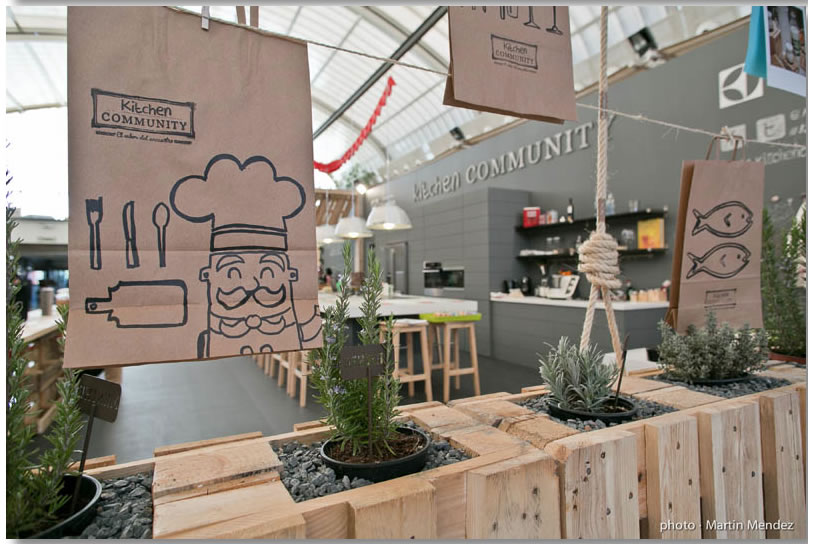
- Taste: Lilian Flores has a lot of experience in designing restaurants, classrooms for cooking classes, and food markets. “Since time immemorial we have gathered around the fire, a meal, or a coffee, to close a business deal or to celebrate the signing of a contract. They are meeting places where we humanise ourselves. But to get us to leave our house and forego the possibility of a good rest, the offer must be attractive,” she says.
To buy or not to buy?
Retail is revealing itself to be one of the key sectors in emotional design push. In an increasingly globalised world with more physical and virtual competition, commercial spaces were pioneers in using this resource to encourage purchases and client loyalty by creating a link with their brand. For Lilian Flores, we must take into account that “we are faced with a demanding consumer, one with clear ideas who is looking to have a unique experience; if you disappoint them, they won’t hesitate to go to the competition”.
It’s about making users fall in love, because “projects are like people. If you find someone safe, attractive, and magnetic, you won’t be able to leave his side,” says this expert in emotional design.
